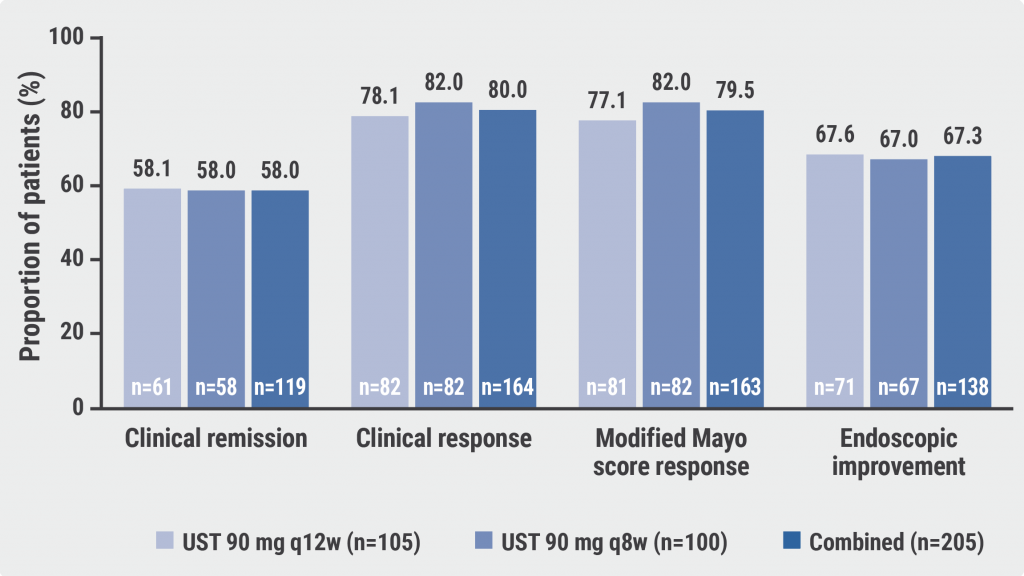https://doi.org/10.55788/d123906d
“Lupus nephritis affects up to 40% of patients with systemic lupus erythematosus and leads to end-stage CKD in about 17–33% of patients after 10 years. The prevalence of stage IV CKD is not known. However, these patients will develop end-stage CKD in about 2/3 of the cases after 6 years on average,” Prof. Konstantinos Tselios (McMaster University, Canada) laid the land on the background of his research [1].
The presented study investigated the potential influence of the timespan to remission as well as the occurrence of flares on the onset of advanced CKD. The study included 418 patients with confirmed lupus nephritis that were followed for at least 5 years.
After lupus nephritis diagnosis, remission was achieved by 50% within the first year and by 24.4% in the second and third years. Furthermore, 8.9% never reached remission, and 16.7% only did after 3 years. After a mean of 9.5 years, advanced CKD (eGFR ≤29 ml/min/1.73 m2) developed in 15.8% of patients. Baseline variables that were significantly different in patients who developed advanced CKD were: higher Systemic Lupus International Collaborating Clinics (SLICC) Damage Index, lower eGFR, higher prevalence of hypertension and proliferative nephritis, as well as more treatment with angiotensin-converting enzyme inhibitors or angiotensin receptor blockers.
“With regards to the variables of concern, patients who later developed advanced CKD needed more time from lupus nephritis to achieve complete remission, had significantly more flares within the first 5 years of disease, and received fewer immunosuppressive drugs compared with patients who had good outcomes,” Prof. Tselios stated.
A multivariate analysis identified circumstances that modified the risk of developing advanced CKD. Overall, results were best for patients who attained remission in the first year. In comparison with patients who achieved remission within 1 year, the risk of advanced CKD was significantly increased in those who had complete remission after 1-3 years (HR 2.48; 95% CI 1.2–5.4), no remission, or remission after 3 years (HR 2.99; 95% CI 1.4–6.3). Stratification according to <3 years or ≥3 years of immunosuppression was in favour of a longer time of therapy (P=0.0005). The occurrence of 1 flare was associated with a 2.7-fold increased risk for advanced CKD.
“In total, our findings emphasise the importance of early remission, as well as flare prevention with prolonged immunosuppressive treatment in order to maximise renal survival in lupus nephritis,” Prof. Tselios underlined.
- Tselios K, et al. Impact of time to remission, flares, and exposure to immunosuppressives on the development of advanced chronic kidney disease (stage IV or worse) in lupus nephritis. POS0740, EULAR 2022 Congress, Copenhagen, 1–4 June, Copenhagen, Denmark.
Copyright ©2022 Medicom Medical Publishers
Posted on
Previous Article
« Antifibrotic therapy with nintedanib is beneficial for patients with negative prognostic factors Next Article
Pregnancies in SLE: many complications for mothers and their unborn children »
« Antifibrotic therapy with nintedanib is beneficial for patients with negative prognostic factors Next Article
Pregnancies in SLE: many complications for mothers and their unborn children »
Table of Contents: EULAR 2022
Featured articles
Late-Breaking Oral Abstracts
TYK2 inhibition: the future of treating lupus erythematosus?
Psoriatic arthritis: significant improvement with bimekizumab
Baricitinib could open the door to oral treatment for juvenile idiopathic arthritis
Sarilumab for polymyalgia rheumatica led to sustained remission and fewer flares
Spotlight on Rheumatoid Arthritis
Comorbid depression comes with a profoundly higher mortality risk in RA
Preventive treatment with methotrexate benefits pre-RA patients with arthralgia
Risk factors for dementia in RA patients discovered
VTE in global registry data more common in JAK inhibitor-treated RA patients
Spondyloarthropathies – Novel Developments
How to treat enthesitis in 2022
Baseline cardiovascular risk linked to higher rates of MACE in PsA and PsO patients receiving tofacitinib
Treat-to-target dose reduction effective in spondyloarthritis
A novel oral treatment possibility for non-radiographic axSpA on the horizon
Many RA and PsA patients have problems with their sex life
What Is Hot in Osteoarthritis?
New treatments in osteoarthritis
OA associated with alcohol and drug abuse
Body mass index increase associated with structural changes in knee OA
What Is New in Lupus and Scleroderma
Inhibition of Bruton’s tyrosine kinase: a new way of approaching SLE?
Pregnancies in SLE: many complications for mothers and their unborn children
Lupus nephritis: Efficient treatment may reduce the risk of kidney disease advancement
Antifibrotic therapy with nintedanib is beneficial for patients with negative prognostic factors
Best of the Posters
Alarmingly low activity in patients with non-inflammatory and inflammatory rheumatic disease
High prevalence of fibromyalgia in patients with inflammatory bowel disease
Related Articles
October 23, 2019
Half of common medications wreak havoc on gut microbiome


© 2024 Medicom Medical Publishers. All rights reserved. Terms and Conditions | Privacy Policy
HEAD OFFICE
Laarderhoogtweg 25
1101 EB Amsterdam
The Netherlands
T: +31 85 4012 560
E: publishers@medicom-publishers.com

